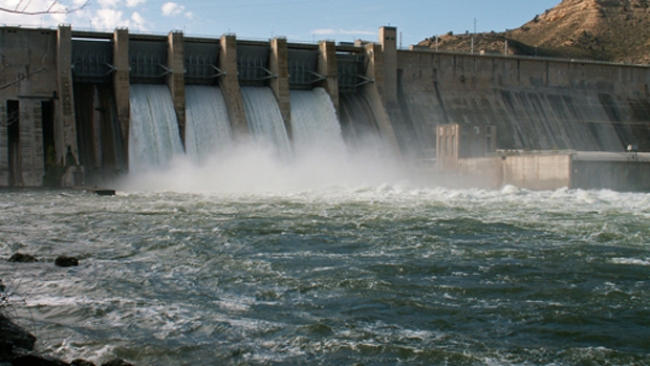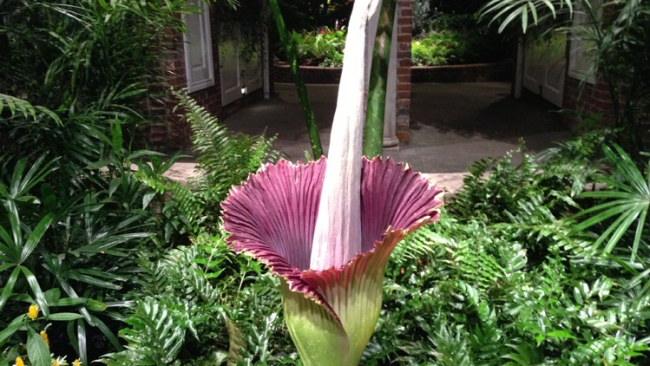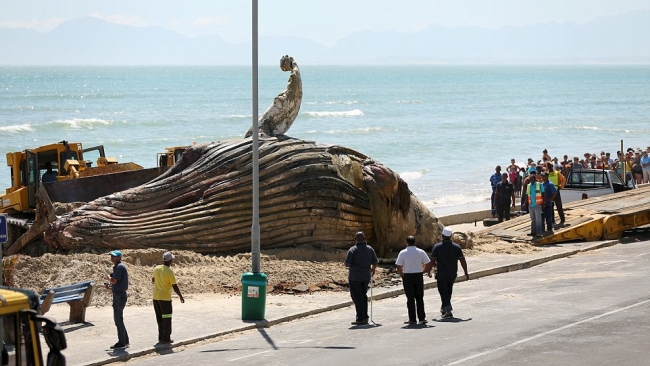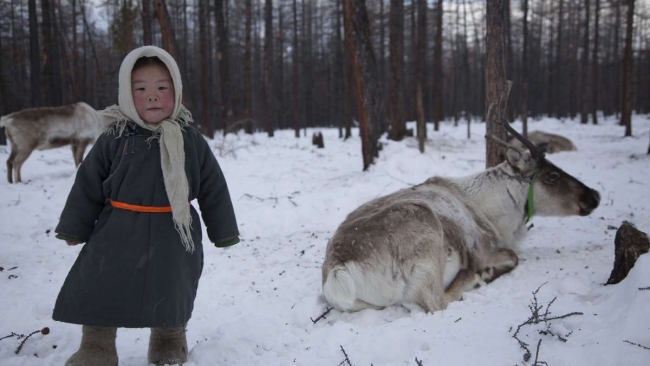The effects of the drought in Southern Africa

The effects of drought go beyond agriculture being power security. Zambia generates 90 percent of its electricity from its three hydroelectric power plants in Kariba, the Kafue Gorge and Victoria Falls. Zimbabwe and Tanzania both receive about 60 percent of their electricity supply from hydroelectric sources.
But the drought has left all three countries generating far below their capacity because of low water levels in the catchment areas feeding these power plants.
But because of this, finding solutions to secure energy supply over the coming summer is so much harder.
Zimbabwe will soon begin construction of a 120MW diesel and gas power plant in Mutare – but the project will take at least 18 months to complete. While this may provide some relief once up and running, its production costs are far higher than hydroelectric generation, and electricity tariffs in the country will increase.
In September, Zambia began to import 148MW from a Scottish-owned ship docked off the coast of Mozambique. Zambia has committed to importing another 400MW from Mozambique, and plans to accelerate solar power programmes in the country.
Tanzania has launched a $1.33 billion (R19bn) project to pipe natural gas to Dar es Salaam to relieve power shortages in the city. The country plans to increase use of its gas reserves to generate electricity.
While El Niño brings temporary severity to this year’s drought, hotter temperatures and lower rainfall will be the norm for southern Africa. Both agriculture and the energy generation sector must adapt to ensure long-term security and attract investment. The answer is not simply to spend more money on big projects, but to seek solutions that can be implemented quickly.
Source: Independent
Updated: Thu 31 Dec 2015 at 09:26





